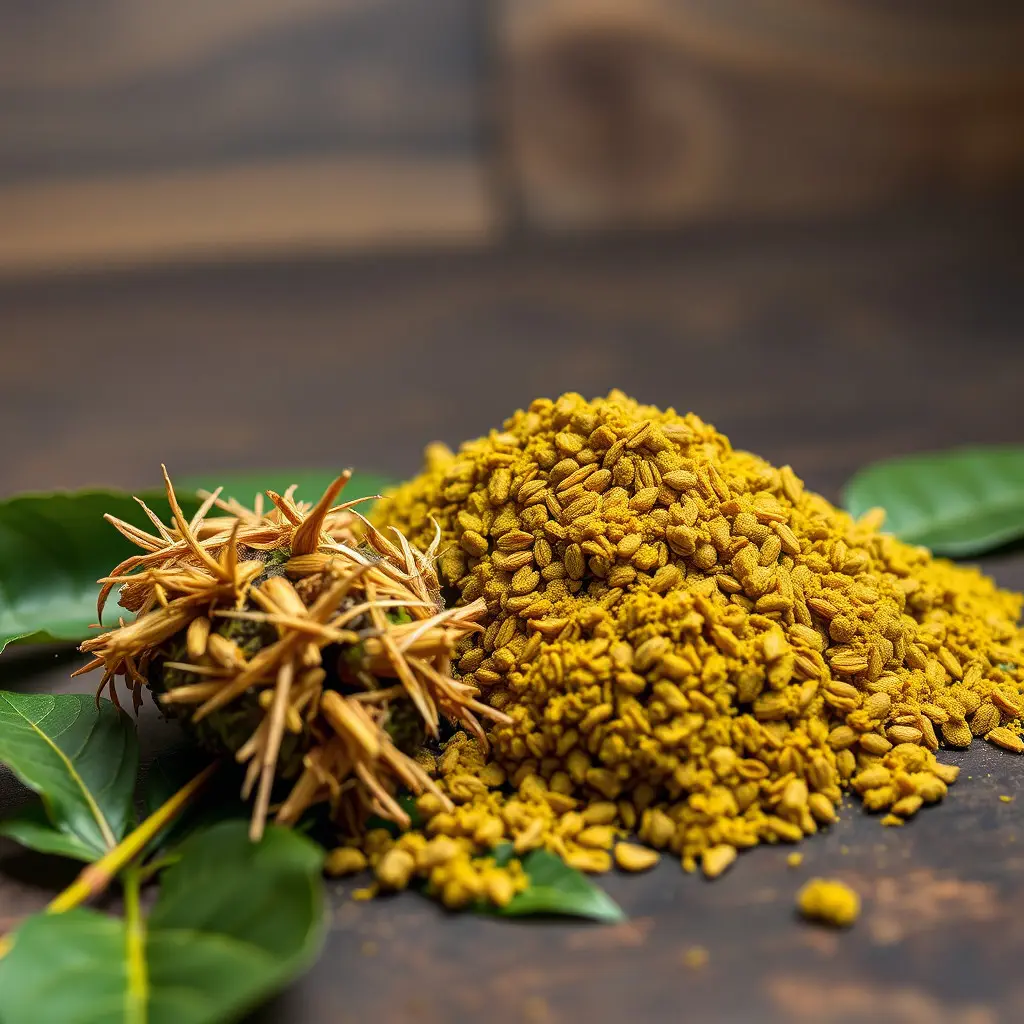Chronic pain affects millions globally, prompting the search for natural remedies like Indiana Kratom. This herb, derived from Mitragyna speciosa, offers potential analgesic and mood-enhancing effects comparable to pharmaceuticals. However, using Indiana Kratom requires caution, proper dosage, and professional guidance due to varying legality and safety considerations. Residents should consult healthcare professionals, purchase from reputable sources, and stay informed about local laws to ensure safe and responsible use.
Chronic pain affects millions, significantly impacting quality of life. This article explores effective management strategies, with a focus on kratom—a natural herb gaining attention as a potential solution. We delve into the science behind its effects and navigate the legalities of Indiana kratom to ensure safety and accessibility for those seeking relief. Understanding chronic pain’s impact is crucial, and exploring alternative options like kratom can offer new hope.
- Understanding Chronic Pain and Its Impact
- Exploring Kratom as a Potential Solution
- Navigating Indiana Kratom: Legalities and Safety Measures
Understanding Chronic Pain and Its Impact

Chronic pain is a complex and persistent condition that affects millions worldwide, significantly impacting an individual’s quality of life. It’s more than just a lingering ache; it’s a constant companion that can limit mobility, disrupt sleep patterns, and take a toll on mental health. In the United States, where access to healthcare is a vital aspect of well-being, understanding chronic pain and its management has become increasingly important, especially with the growing interest in natural remedies like Indiana kratom.
The impact of chronic pain extends beyond physical discomfort. It can lead to social isolation, depression, and anxiety. Many individuals struggling with this condition find themselves searching for effective relief that goes beyond traditional pharmaceuticals. Indiana kratom, known for its potential analgesic properties, offers a promising alternative. This natural extract from the Kratom plant has gained popularity as a complementary therapy, providing some users with much-needed respite from chronic pain and its associated symptoms.
Exploring Kratom as a Potential Solution

Chronic pain is a complex and often debilitating condition affecting millions worldwide, leading many to seek alternative solutions for relief. Here, Indiana Kratom emerges as a potential natural remedy that has gained significant attention in recent years. This herb, scientifically known as Mitragyna speciosa, has been used for centuries in Southeast Asia for its medicinal properties, including analgesic and opioid-like effects.
Kratom works by interacting with the body’s opioid receptors, providing pain relief similar to certain prescription medications. Its active compounds, such as mitragynine and 7-hydroxymitragynine, offer a range of therapeutic benefits. Many users report reduced inflammation, improved mood, and enhanced overall well-being when utilizing Indiana Kratom as a chronic pain management tool. However, it’s crucial to approach this natural solution with caution and seek professional guidance, as proper dosage and quality control are essential for safe and effective use.
Navigating Indiana Kratom: Legalities and Safety Measures

Navigating Indiana’s kratom landscape requires understanding both its legal status and safety considerations. While kratom has gained popularity for chronic pain management, its legality varies across states, including Indiana. It’s crucial to remember that Indiana has specific regulations regarding kratom possession and sale. As of recent updates, kratom is considered legal in the state but subject to certain restrictions.
To ensure safety when considering kratom for chronic pain, it’s essential to consult healthcare professionals. Dosage and purity vary among kratom products, making it vital to purchase from reputable sources. Indiana residents should stay informed about local laws and seek guidance from medical experts before incorporating kratom into their pain management routines. This approach balances the potential benefits with responsible usage and adherence to legal boundaries.
In light of the above, while indiana kratom holds promise as a chronic pain management tool, it’s crucial to approach its use with caution. Further research is needed to fully understand its efficacy and long-term safety. Until then, individuals seeking relief should thoroughly research their options, consult healthcare professionals, and prioritize reputable sources for acquiring indiana kratom. By navigating legalities and adhering to safety measures, those suffering from chronic pain can explore the potential benefits of this natural supplement while minimizing risks.






